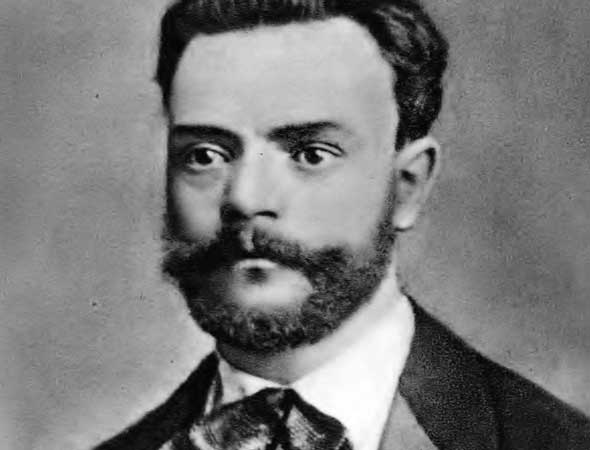Dvořák – Symphony No. 7 in D minor, Op. 70

Antonín Leopold Dvořák
- Allegro maestoso
- Poco adagio
- Scherzo: Vivace
- IV. Finale: Allegro
BACKGROUND: Dvořák’s advocate Johannes Brahms worked off and on for two decades before unveiling his first symphony when he was 43. By the time Dvořák was that age, he was working on what we now know as his Symphony No. 7 in 1885. But those facts conceal a reticence on Dvořák’s part that was apparently on par with Brahms’: He never published his first four symphonies during his lifetime, and they remained unknown until they surfaced in the 1950s. Until then, the numeration of Dvořák’s symphonies remained muddled, and this one bore the number that Dvořák had inexplicably assigned it: six. He conducted the premiere for the Royal Philharmonic Society in April 1885.
WHAT TO LISTEN FOR: Buoyancy, and swing and dance rhythms are characteristic of Dvořák’s music. He incorporates these elements in a work that many listeners consider his finest symphony. It opens with a gathering of forces that seems to grow closer as we listen: Rumbling strings combine with percussion to convey the mechanical energy of a steam engine or an approaching train. (Dvořák was a train fancier, and professed to find inspiration in them.) The second movement, by contrast, seems to withdraw into the serenity of a gentle adagio that is one of Dvořák’s loveliest.
Much as Mozart’s publisher wished he would churn out entertainments such as Eine kleine Nachtmusik, Dvořák’s publisher, Fritz Simrock, thought they would both be better off if he stuck to his crowd-pleasing Slavonic Dances. We hear them in the third movement of this symphony, a scherzo rewards us with Dvořák’s inimitable sense of swing. We often say that Dvořák’s music makes us want to “get up and dance”—a description that certainly holds true here.
In the final movement, the gathering darkness of the symphony’s opening movement combines with the brightness of its lyricism and its dance rhythms. In the end, the two are reconciled, and—as in so many symphonies, including Beethoven’s—the composer has taken us on a journey from darkness to light.











